International Liver Transplantation Society
2025 Toronto Consensus Conference
ILTS-iLDLT Living Liver Donor Safety: Short & Longterm Outcome Consensus Conference 2025
- #ILTSConsensus2025
- Toronto
- March 14, 2025
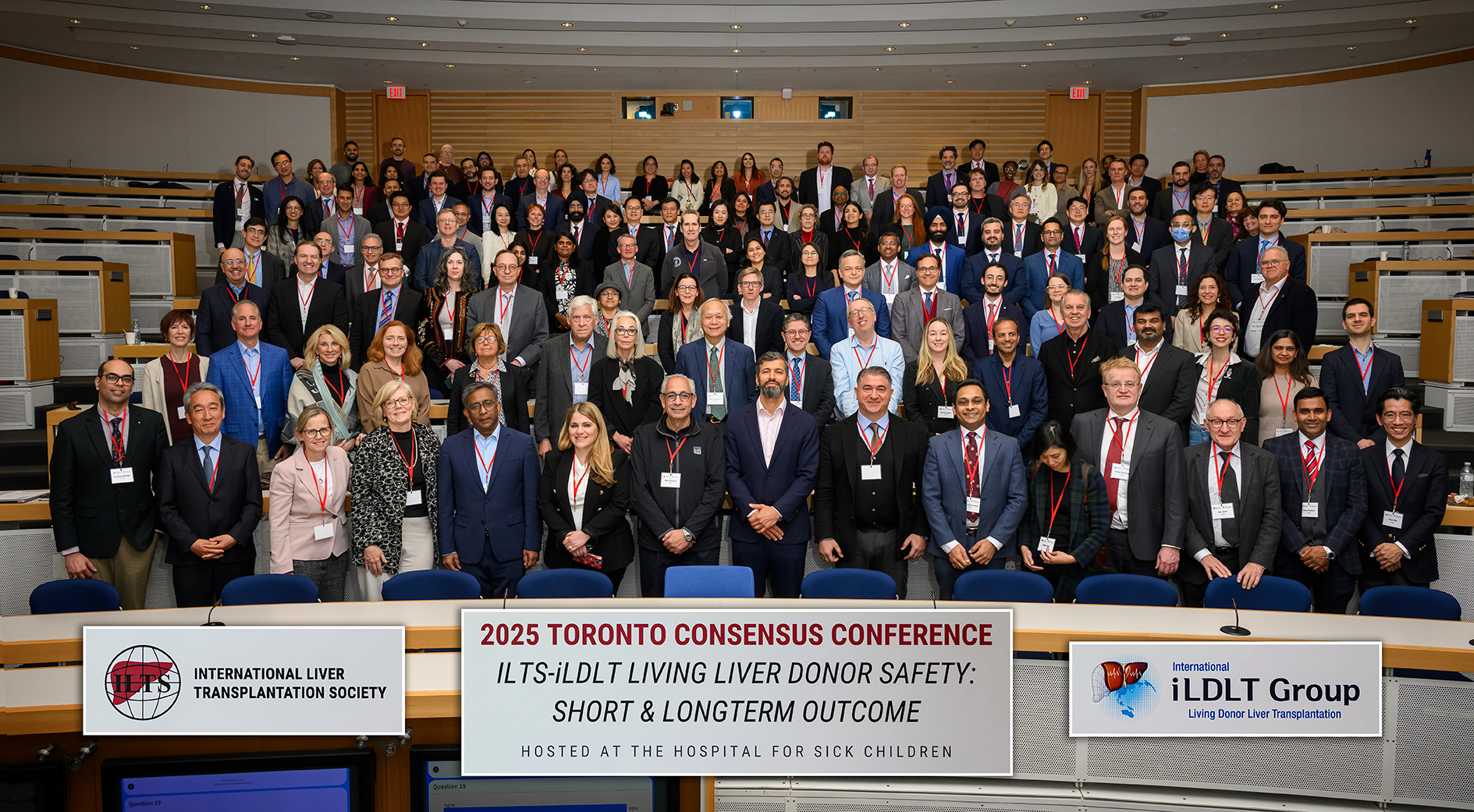
About the Event
ILTS-iLDLT Living Liver Donor Safety: Short & Longterm Outcome
For children and adults with liver failure and end-stage liver disease, living donor liver transplantation (LDLT) is a proven treatment option, with lower waiting list mortality and morbidity, as well as equivalent or superior allograft and patient survival than deceased-donor liver transplantation. Central to the growth and success of a living liver donor program is careful evaluation of the potential donor, including medical, surgical, and psychosocial history to ensure safety of these donors. It is important to the process to convey the potential short and long-term impact of undergoing a surgical procedure that is not needed for their own health, but instead for the benefit of another. While short term outcomes of living liver donors is known, longterm (5 years) outcomes including medical, surgical, psychosocial, pregnancy, infant and maternal outcomes is less known. Currently, there is a paucity of granular data demonstrating long-term outcomes and overall safety specifically in the otherwise ‘healthy’ living liver donor population. There is a need to bring together experts involved in the workup, selection, surgical procedure and follow up of living donors. They need to review, discuss, and reach agreement on safe practice of living donation surgery and short- and long-term outcomes of living donors. The consensus is attended by a select group of senior medical professionals (including surgeons, hepatologists, radiologists, anesthesiologists, scientists, nurses and patient advocates).
Keynote Speakers
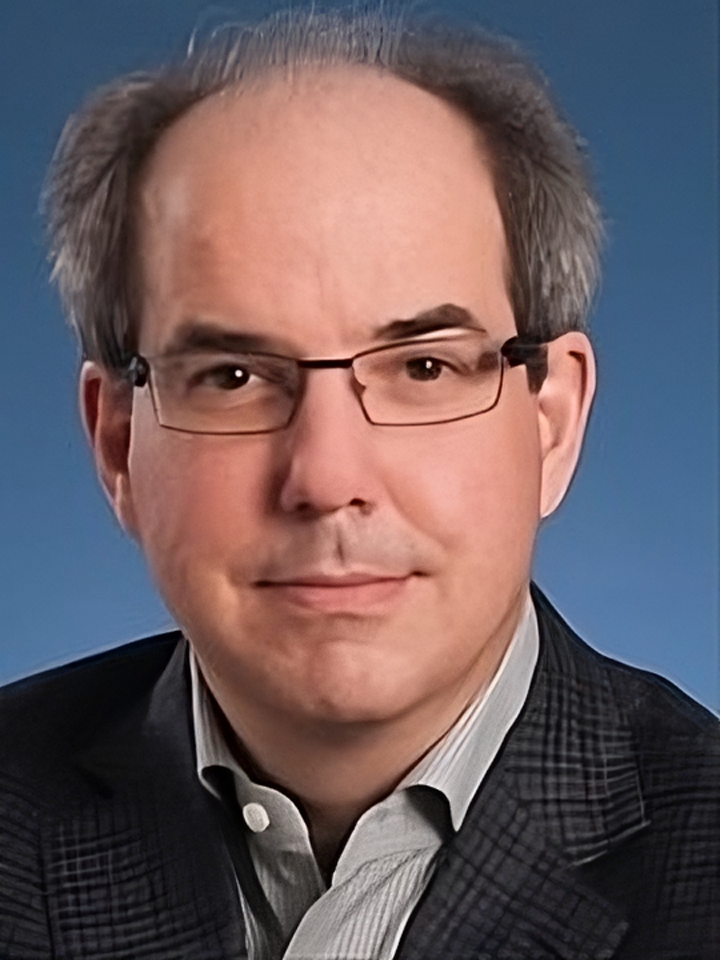
Mark Cattral
Importance of Donor Safety / Understanding Risks – Reporting Complications
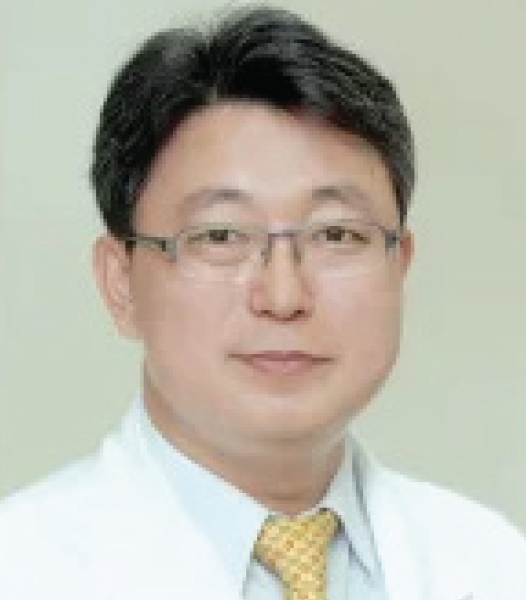
Kwang-Woong Lee
Contraindications to Living Liver Donation
Conference Chairs

Nazia Selzner
Canada

Kim Olthoff
USA

Mohamed Rela
India
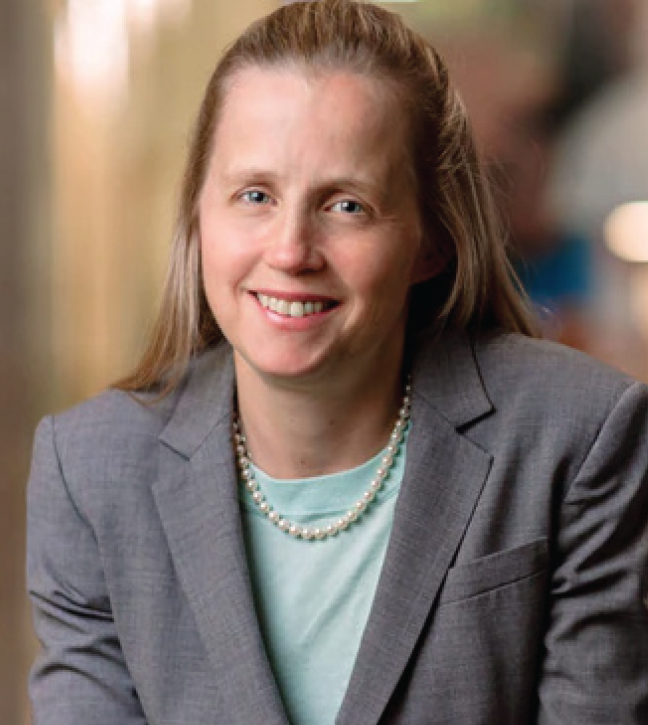
Julie Heimbach
USA
Scientific Committee Chairs
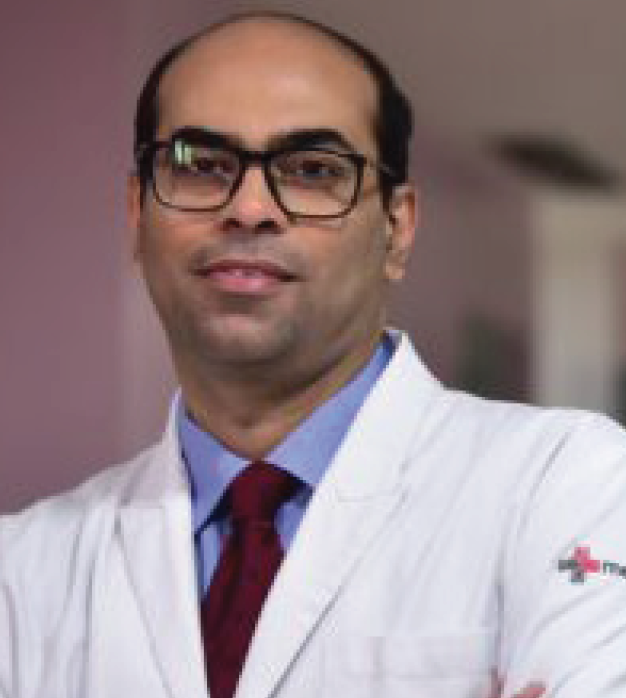
Prashant Bhangui
India
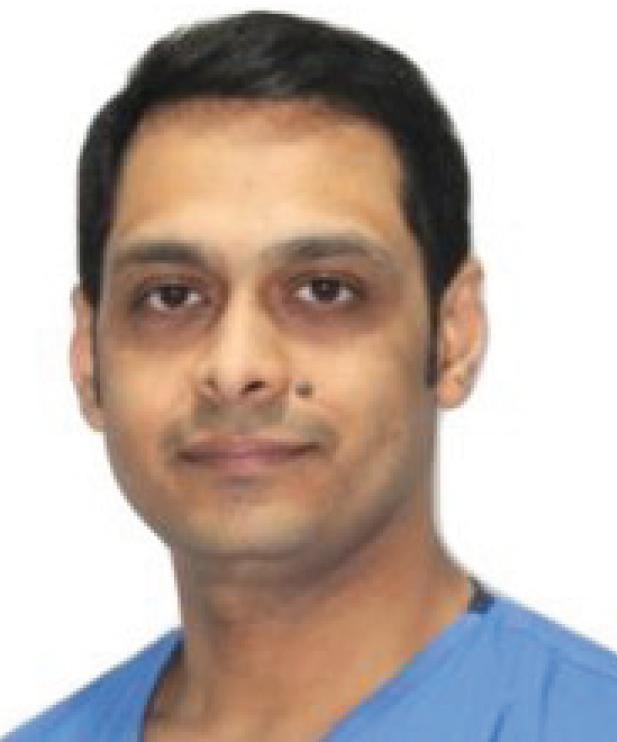
Ashwin Rammohan
India
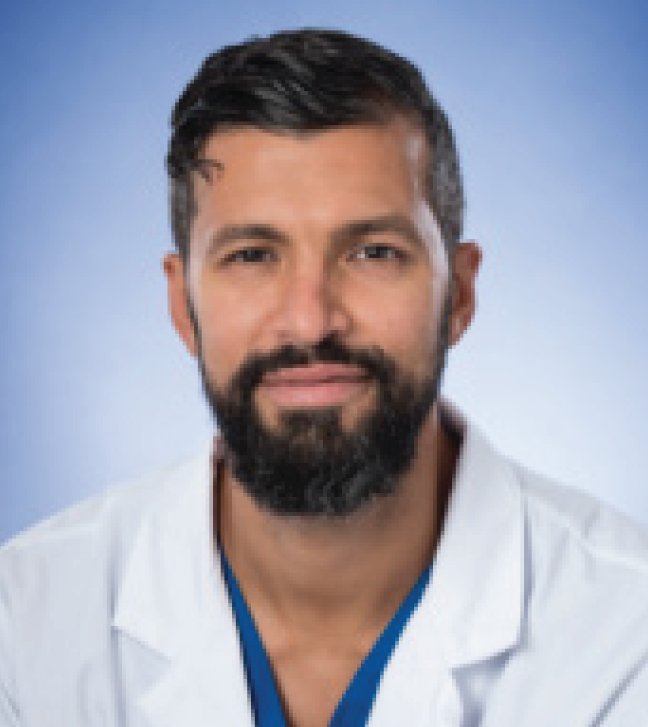
Blayne Amir Sayed
Canada
Consensus Conference Begins in...
Day(s)
:
Hour(s)
:
Minute(s)
:
Second(s)

